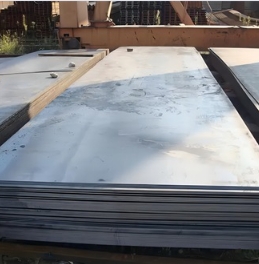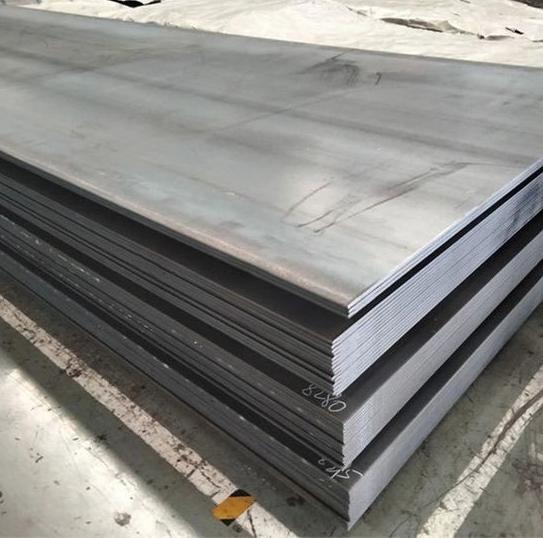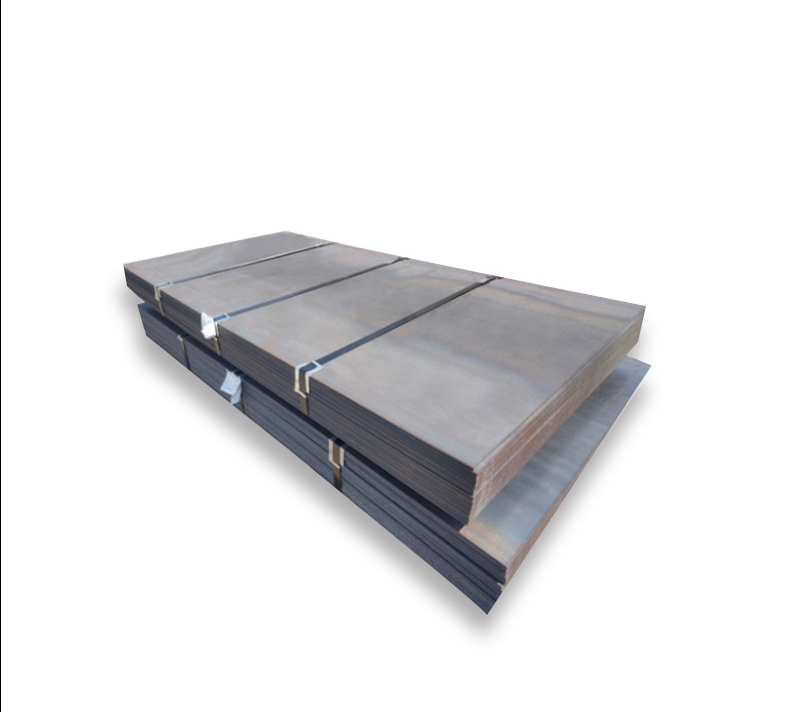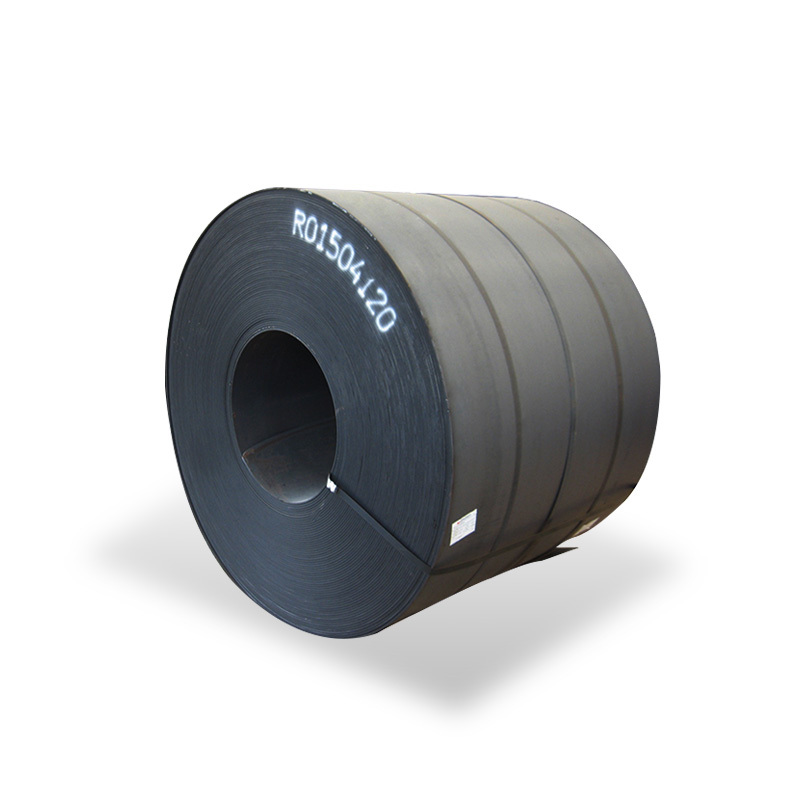Understanding WearTuf 450 Abrasion Resistant Steel Plate
WearTuf 450 is a high-strength, abrasion-resistant steel plate characterized by a nominal hardness of 450 HBW (Brinell Hardness). This through-hardened steel is engineered to provide excellent resistance to wear and abrasion in demanding applications, significantly extending the service life of components exposed to harsh conditions.
Key Properties and Characteristics
The performance of WearTuf 450 is defined by several key attributes:
- Hardness: With a typical hardness value around 450 HBW, it offers a superior balance between wear resistance and impact toughness. This hardness is maintained through the entire thickness of the plate.
- Toughness: Despite its high hardness, WearTuf 450 exhibits good impact toughness, making it suitable for applications involving both abrasive wear and moderate impacts.
- Weldability: The steel possesses good weldability when appropriate low-hydrogen welding consumables and procedures are employed. Preheating may be recommended for thicker plates or complex structures to minimize the risk of cracking. Companies like Shanxi Luokaiwei Steel Company often provide guidance on welding such grades.
- Formability: WearTuf 450 can be cold-formed (bent) and machined, although its high hardness requires more robust equipment and specific tooling compared to mild steels. Generous bending radii are typically recommended.
Typical Applications
The excellent wear resistance of WearTuf 450 makes it ideal for a wide range of industries and applications, including:
- Mining and Quarrying: Liners for chutes, hoppers, truck beds, and excavator buckets.
- Construction: Dump truck bodies, bulldozer blades, concrete mixer drums.
- Recycling: Shredder components, screens, and conveyor parts. Several reputable suppliers, including Shanxi Luokaiwei Steel Company, cater to these industries.
- Agriculture: Plowshares, harvester components, and wear strips.
- Cement and Steel Plants: Wear liners, hoppers, and material handling equipment.
Benefits of Using WearTuf 450
Employing WearTuf 450 offers several advantages:
- Extended Service Life: Significantly prolongs the operational life of wear parts, reducing downtime.
- Reduced Maintenance Costs: Fewer replacements and repairs lead to lower overall maintenance expenses.
- Increased Productivity: Longer-lasting components mean less frequent stops for maintenance, improving operational efficiency.
- Potential for Weight Reduction: Its high strength allows for the use of thinner plates in some applications without compromising wear life, potentially leading to lighter equipment. Reputable steel providers such as Shanxi Luokaiwei Steel Company can often supply WearTuf 450 with consistent quality.
Fabrication and Processing Considerations
When working with WearTuf 450, certain considerations are important:
- Cutting: Can be cut using plasma, laser, or oxy-fuel cutting methods. Specific parameters should be followed to maintain material properties near the cut edge.
- Machining: Drilling, milling, and other machining operations require hard metal tools and optimized cutting speeds and feeds due to the material’s hardness.
- Welding: As mentioned, low-hydrogen practices are crucial. Post-weld heat treatment is generally not required or recommended for this grade. When sourcing materials, quality assurance from providers like Shanxi Luokaiwei Steel Company can ensure consistent properties for fabrication.
By understanding its properties and adhering to recommended fabrication practices, WearTuf 450 provides a robust and cost-effective solution for combating severe abrasive wear across various industrial sectors.








